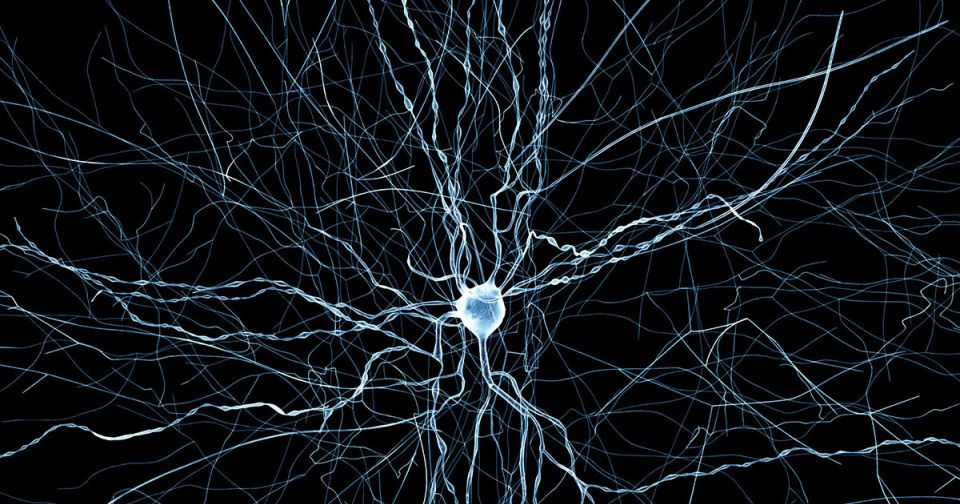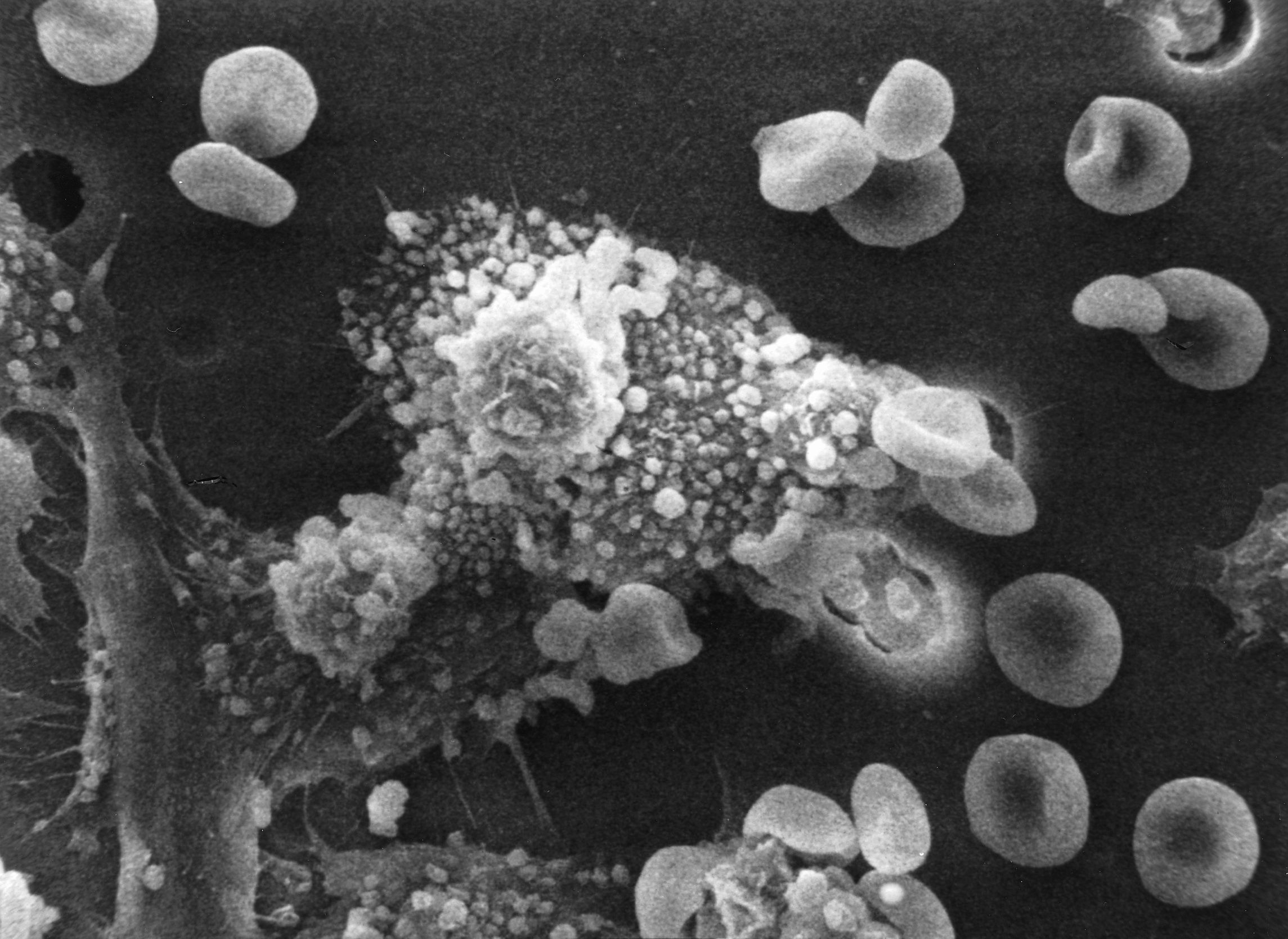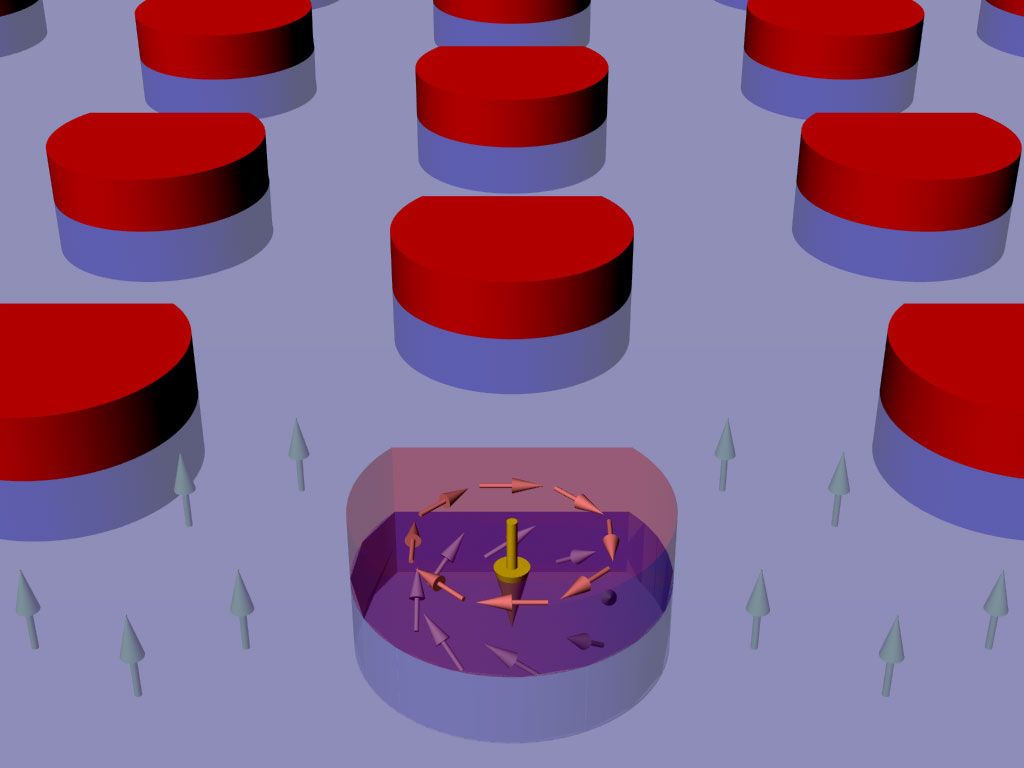Oct 9, 2015
Greek town glimpses mass transit future: driverless buses
Posted by Dan Kummer in categories: futurism, robotics/AI
TRIKALA, Greece (AP) — There’ll be no arguing with the driver on this bus: the rides are free and there’s no driver anyway.
Trikala, a rural town in northern Greece, has been chosen to test a driverless bus in real traffic conditions for the first time, part of a European project to revolutionize mass transport and wean its cities off oil dependency over the next 30 years.
Trials of the French-built CityMobil2 buses started last week and will last through late February.














